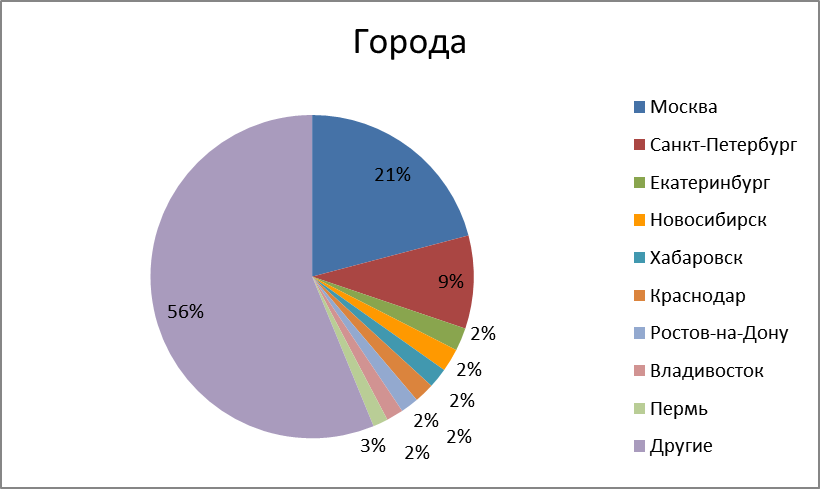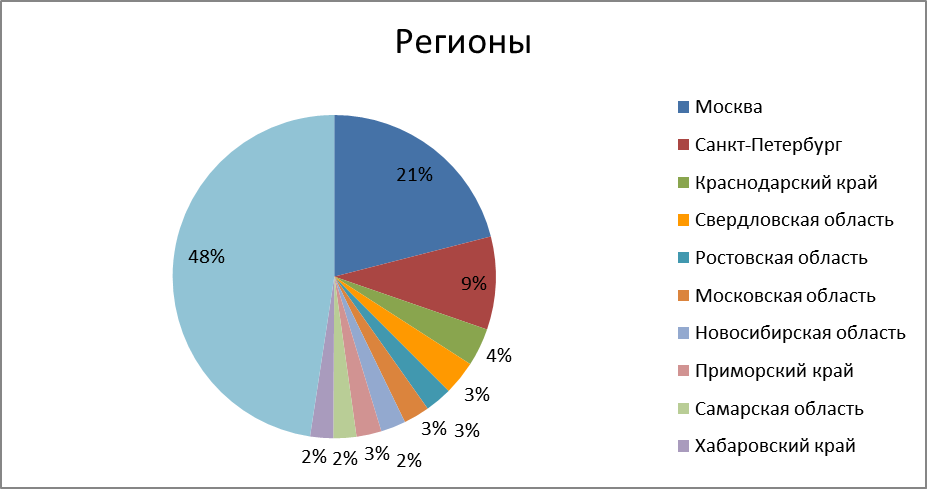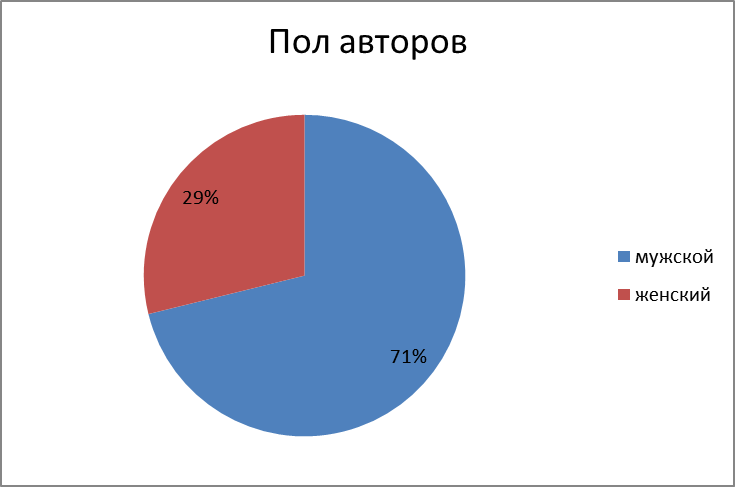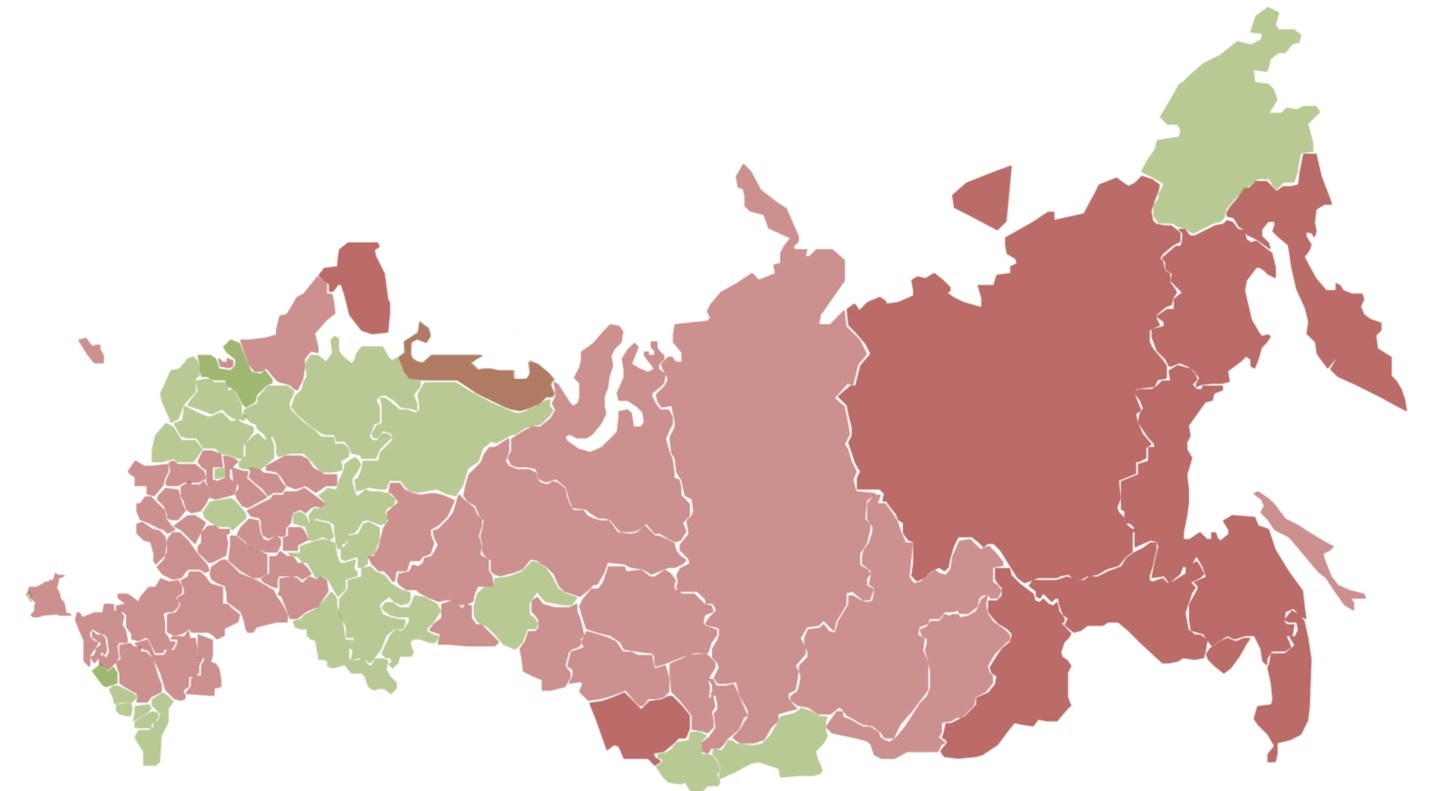Four words that cannot be (part 2)
At the request of Habrachan, we will continue to publish about the study of obscene vocabulary. (If someone has not read the first part, you can read ).
Let's start right away with the pictures.
So, the first picture.
')

Fig.1. Distribution of obscene lexicon by sources.
Here you can not comment, from the caption to the picture everything is clear. Although not. It is necessary to clarify where and what data:
For four days (from May 9 to May 14) about 710 thousand Russian-language messages (about 400 thousand authors) were collected, containing the subject of the study - obscene vocabulary. More precisely, not any, but the top of the frequency dictionary of foul language, which is about 70% of the total mass. In principle, this is enough for a little research. Data collected and processed by Brand Analytics .
The analysis showed not only the distribution of the absolute use of this vocabulary by region and city and region (see Fig. 2 and Fig. 3, respectively),

Fig.2. Distribution of obscene lexicon in the cities of Russia.

Fig.3. Distribution of obscene vocabulary by regions of Russia.
But the distribution by sex and age (see Fig. 4 and Fig. 5, respectively).
<
img src = " habrastorage.org/files/389/e9f/263/389e9f2638ae48ebacb5160f6c8297df.png " />
Fig.4. Distribution of obscene vocabulary by age.

Fig.5. Distribution of obscene language by gender.
But I will not disappoint readers: the data on the floor is not entirely correct. I looked at the authors' tops - the most indecent writing ladies turned out to be advertising sex services, simply speaking - spam (and, apparently, robots that cut off the stream, unfortunately, just do not work: publications constantly change vocabulary, publish not periodically, have friends and a normal number of reposts, ie, behave like people). Or masked boys. That is, in fact, the percentage of women will be less.
I anticipate a reader's question: well, with an absolute distribution along geo, it seems to be more or less understandable, but as relative. Who we got into fierce. Let's try to make a picture:

Fig.6. Distribution of obscene vocabulary in Russia.
A small explanation: the reddening shows a more frequent use of obscene vocabulary regarding green areas.
Some areas with a very low number of messages (for example, Chukotka - less than 0.02% of the total amount) do not very correctly reflect the real state of affairs (they distort the picture a little).
Nevertheless, here are a dozen leaders who do not disdain obscene words:
But, so to speak, outsiders:
In general, it is clear that these bad words of the North Caucasian republics and the Leningrad region use the least (apparently all St. Petersburg intelligentsia left for the country in May). I do not want to offend anyone, but I have doubts with the Tyumen region, because I had to go there. Although it has long been ...
What conclusions can be drawn, looking at all this beauty? We see reddening to the east of Russia and parts of the north of Russia (Murmansk region, Nenets Autonomous Okrug). In part, this suggests that there is not that there is more obscenities, but simply speak it. In general, obscene vocabulary has several functions. I think even worth staying at this and make a small linguistic excursion.
The famous American linguist, Steve Pinker, in his book “The Substance of Thinking: Language as a Window into Human Nature”, which was recently published in our language, highlighted five functions or five ways of foul language:
In Soviet times, large and not-so-great chiefs had success with emphatic function: if the boss began to swear, it means that special attention should be paid to this. In principle, even now some managers actively exploit this way of managing a team, but its effectiveness is getting weaker from year to year. The reason for this is the spread of obscene vocabulary in the media, cinema, music, etc., as well as among young people, which removes the taboo element from this vocabulary - if earlier it was considered indecent for girls to speak, now this is almost a conversational norm. Therefore, it can be said that the aggressive function is working more now.
The emphatic function shifts the semantic meaning of the word in the diachronic aspect most strongly. There is no need to go far for examples: even 30-40 years ago, the word “fucking” made sense to “hit hard with something” or “make a sharp loud sound”, usually in a conversational context, now this word is almost always used as a synonym for the verb groups E (see the first part ). Another story with quite normal verbs "plow" and "plow - plow" ("plow paint"), which has practically ceased to be used (not a single occurrence in the NCRF ) due to the single-root obststsennogo comrade.
Everybody, without exception, uses the cathartic function, except replacing coarse words with euphemisms, without giving them any meaning ("pancake", "devil", "epprst", etc.). This is a kind of way of “reconciliation” with reality: he cursed and became easier.
Creative individuals use the idiomatic function to emphasize their exclusivity, and sometimes even simply because “you cannot throw out the word from a song”. In addition, in our time, the texts do not need to be lit - laid out and the Internet video-virus - has become a celebrity.
Well, the last thing I would like to mention. Some modern cognitive neuroscientists began to revert to Darwin's hypothesis that emotional cries were one of the main links between the language of animals and the language of man. Such a turn of events assigns a special role to obscene vocabulary not only in the evolution of human speech production, but also makes it possible to take a different look at the processes of human communication.
Let's start right away with the pictures.
So, the first picture.
')

Fig.1. Distribution of obscene lexicon by sources.
Here you can not comment, from the caption to the picture everything is clear. Although not. It is necessary to clarify where and what data:
For four days (from May 9 to May 14) about 710 thousand Russian-language messages (about 400 thousand authors) were collected, containing the subject of the study - obscene vocabulary. More precisely, not any, but the top of the frequency dictionary of foul language, which is about 70% of the total mass. In principle, this is enough for a little research. Data collected and processed by Brand Analytics .
The analysis showed not only the distribution of the absolute use of this vocabulary by region and city and region (see Fig. 2 and Fig. 3, respectively),

Fig.2. Distribution of obscene lexicon in the cities of Russia.

Fig.3. Distribution of obscene vocabulary by regions of Russia.
But the distribution by sex and age (see Fig. 4 and Fig. 5, respectively).
<
img src = " habrastorage.org/files/389/e9f/263/389e9f2638ae48ebacb5160f6c8297df.png " />
Fig.4. Distribution of obscene vocabulary by age.

Fig.5. Distribution of obscene language by gender.
But I will not disappoint readers: the data on the floor is not entirely correct. I looked at the authors' tops - the most indecent writing ladies turned out to be advertising sex services, simply speaking - spam (and, apparently, robots that cut off the stream, unfortunately, just do not work: publications constantly change vocabulary, publish not periodically, have friends and a normal number of reposts, ie, behave like people). Or masked boys. That is, in fact, the percentage of women will be less.
I anticipate a reader's question: well, with an absolute distribution along geo, it seems to be more or less understandable, but as relative. Who we got into fierce. Let's try to make a picture:

Fig.6. Distribution of obscene vocabulary in Russia.
A small explanation: the reddening shows a more frequent use of obscene vocabulary regarding green areas.
Some areas with a very low number of messages (for example, Chukotka - less than 0.02% of the total amount) do not very correctly reflect the real state of affairs (they distort the picture a little).
Nevertheless, here are a dozen leaders who do not disdain obscene words:
- Khabarovsk region
- Primorsky Krai
- The Republic of Sakha (Yakutia)
- Magadan Region
- Kamchatka Krai
- Jewish Autonomous Region
- Murmansk region
- Transbaikal region
- Amur region
- Altai region
But, so to speak, outsiders:
- Republic of Karachay-Cherkessia
- Leningrad region
- The Republic of Ingushetia
- Kabardino-Balkaria
- Komi Republic
- Tyumen region
- Republic of North Ossetia
- Tyva Republic
- Chechen Republic
- Vologodskaya Oblast
In general, it is clear that these bad words of the North Caucasian republics and the Leningrad region use the least (apparently all St. Petersburg intelligentsia left for the country in May). I do not want to offend anyone, but I have doubts with the Tyumen region, because I had to go there. Although it has long been ...
What conclusions can be drawn, looking at all this beauty? We see reddening to the east of Russia and parts of the north of Russia (Murmansk region, Nenets Autonomous Okrug). In part, this suggests that there is not that there is more obscenities, but simply speak it. In general, obscene vocabulary has several functions. I think even worth staying at this and make a small linguistic excursion.
Obscene vocabulary functions
The famous American linguist, Steve Pinker, in his book “The Substance of Thinking: Language as a Window into Human Nature”, which was recently published in our language, highlighted five functions or five ways of foul language:
- Descriptive (the meaning of a word corresponds with its subject of reference);
- Idiomatic (or allegorical);
- Aggressive (expression of his assessment about what is happening);
- Emphatic (coarsening semantics in order to highlight things that are significant to the speaker)
- Cathartic (do not believe it: scientific studies have been conducted that suggest that curses relieve pain!)
In Soviet times, large and not-so-great chiefs had success with emphatic function: if the boss began to swear, it means that special attention should be paid to this. In principle, even now some managers actively exploit this way of managing a team, but its effectiveness is getting weaker from year to year. The reason for this is the spread of obscene vocabulary in the media, cinema, music, etc., as well as among young people, which removes the taboo element from this vocabulary - if earlier it was considered indecent for girls to speak, now this is almost a conversational norm. Therefore, it can be said that the aggressive function is working more now.
The emphatic function shifts the semantic meaning of the word in the diachronic aspect most strongly. There is no need to go far for examples: even 30-40 years ago, the word “fucking” made sense to “hit hard with something” or “make a sharp loud sound”, usually in a conversational context, now this word is almost always used as a synonym for the verb groups E (see the first part ). Another story with quite normal verbs "plow" and "plow - plow" ("plow paint"), which has practically ceased to be used (not a single occurrence in the NCRF ) due to the single-root obststsennogo comrade.
Everybody, without exception, uses the cathartic function, except replacing coarse words with euphemisms, without giving them any meaning ("pancake", "devil", "epprst", etc.). This is a kind of way of “reconciliation” with reality: he cursed and became easier.
Creative individuals use the idiomatic function to emphasize their exclusivity, and sometimes even simply because “you cannot throw out the word from a song”. In addition, in our time, the texts do not need to be lit - laid out and the Internet video-virus - has become a celebrity.
Well, the last thing I would like to mention. Some modern cognitive neuroscientists began to revert to Darwin's hypothesis that emotional cries were one of the main links between the language of animals and the language of man. Such a turn of events assigns a special role to obscene vocabulary not only in the evolution of human speech production, but also makes it possible to take a different look at the processes of human communication.
Source: https://habr.com/ru/post/301446/
All Articles